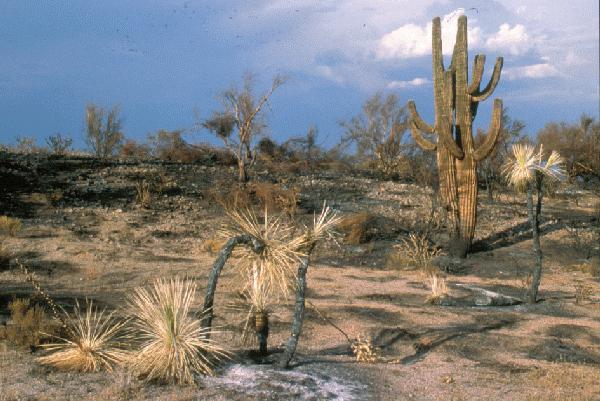- Home
- About S&T
- Taxa/Organisms
- Ecosystems
- Issues
- Methods & Tools
- Reports & Publications
- Location
- Search
December 2008 | Publisher: USGS | Format: URL
soundwaves.usgs.gov — Kristen Hart and Keith Ludwig of the USGS Florida Integrated Science Center (FISC) participated in two research cruises in 2008 to study patterns of habitat use by endangered sea turtles in and around the National Park. Hart's research effort focuses on quantifying patterns of sea turtle habitat use, employing capture-recapture and satellite- and More...

Publisher: NBII | Format: URL
www.nbii.gov — Natural resource managers face complex decisions that require a clear understanding of the status of wildlife populations and their habitats. Monitoring is key to making effective management decisions and evaluating the outcomes of those decisions. The goal of NRMP is to improve the accessibility of monitoring efforts to resource managers to aid More...

Publisher: USGS | Science Center: Fort Collins Science Center (FORT, Ft. Collins) | Format: URL
www.fort.usgs.gov — Natural Resource Monitoring Partnership (NRMP) is a collaborative effort by the natural resource management community to improve monitoring efforts in order to support effective evaluation and decision-making by sharing information on monitoring projects and protocols. The Natural Resource Monitoring Partnership was built for easy access to More...

Publisher: USGS | Science Center: Western Ecological Research Center (WERC, Sacramento) | Format: URL
www.werc.usgs.gov — Native amphibian and reptile populations worldwide are under threat from exotic invasive species of plants and animals, including other reptiles and amphibians. As habitats are changed and plant community organization is modified by exotic species, delicate relationships between plants and animals are altered or eliminated, creating a negative More...

Publisher: USGS | Science Center: Western Ecological Research Center (WERC, Sacramento) | Format: URL
www.werc.usgs.gov — This issues overview and its resources deal with the spread of nonnative grasses in the Sonoran desert of Arizona has increased the risk of devastating fires by ignited fuel. The saguaro cactuses and desert tortoises have suffered catastrophic population losses as a result of these fires fueled by nonnative grasses. Read more about nonnative More...

Publisher: USGS | Science Center: Fort Collins Science Center (FORT, Ft. Collins) | Format: URL
www.fort.usgs.gov — This resource has been developed to provide source materials on the history of the invasion, continuing threats, research results, and containment and management of the brown Treesnake (Boiga irregularis) in Guam and its relevance to other islands and mild continental environments. Users can report snake sightings on this website, get information More...
